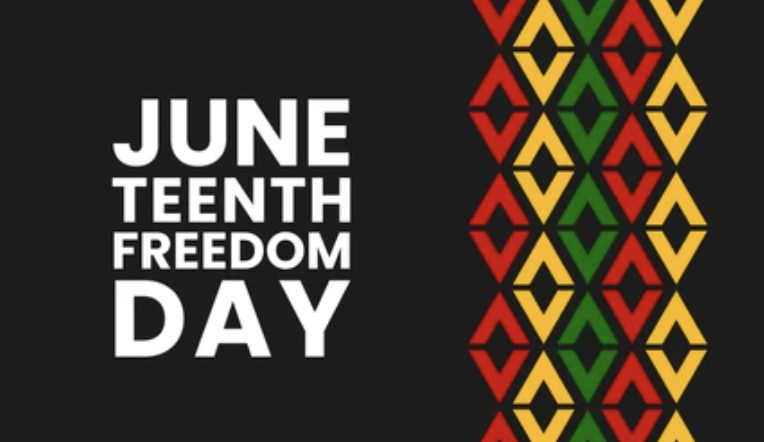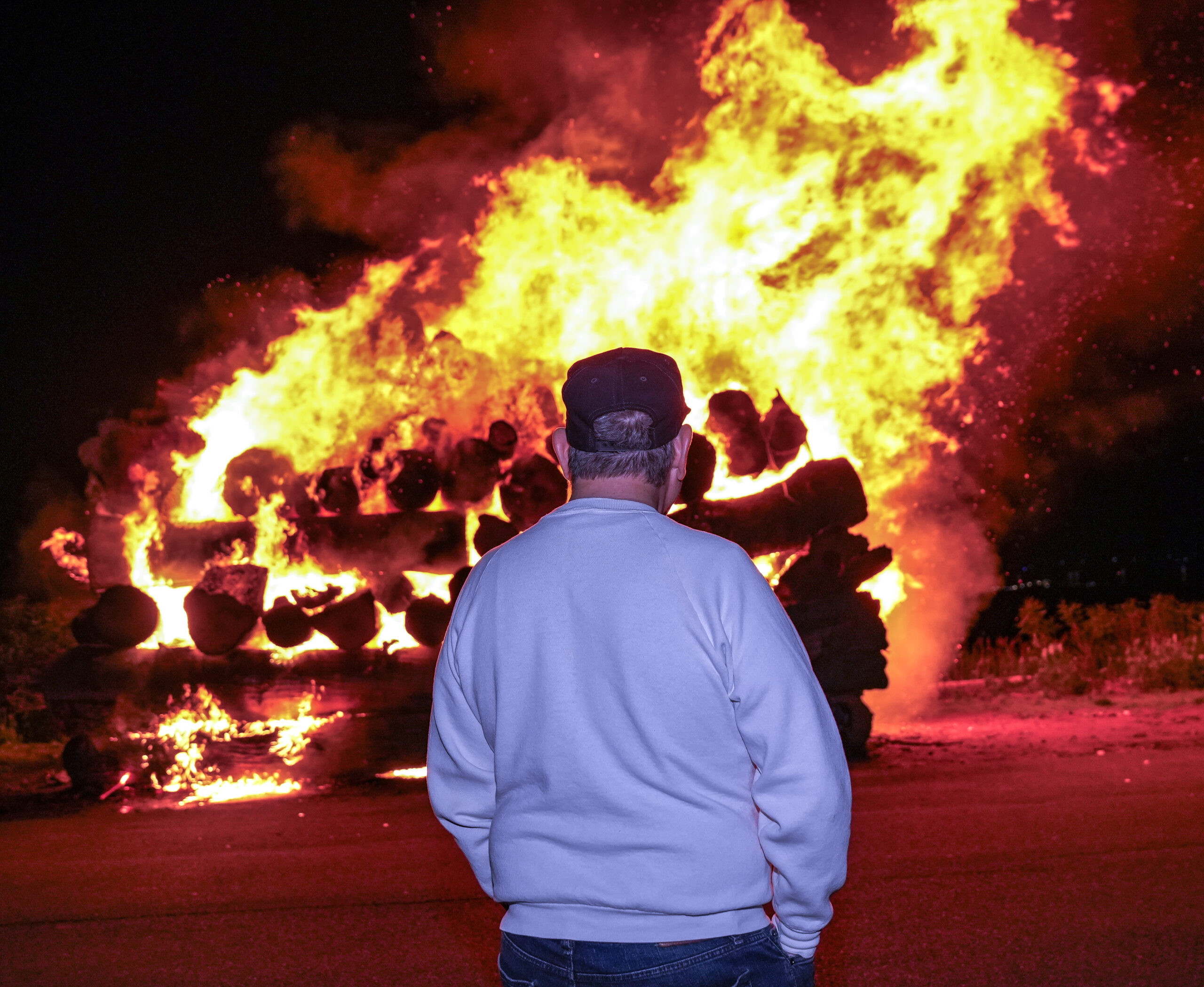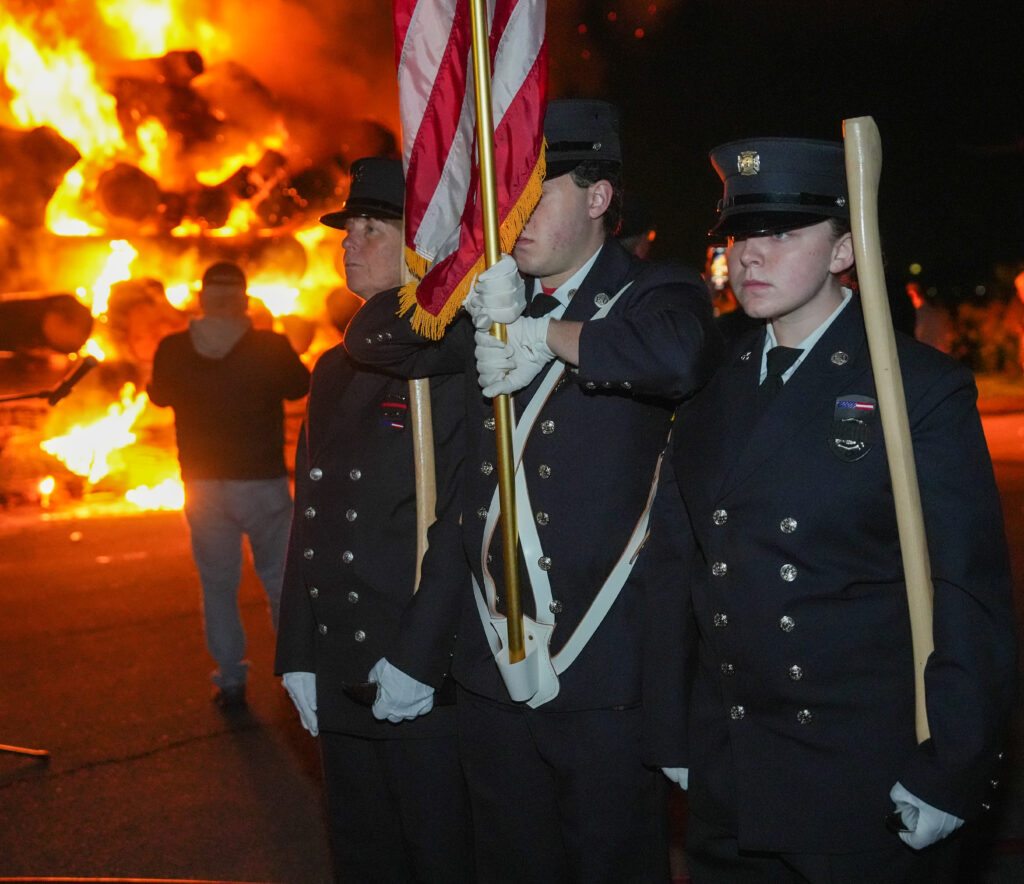ROCKLAND COUNTY, NY – Get ready to experience the thrill of rowing competition amidst the natural beauty of Rockland Lake State Park. The Rockland Rowing Association proudly announces its third annual Rockland Rowing Masters Regatta to be held on Saturday, June 28, 2025.
Building on the success of last year’s event, this year promises an even more exhilarating and inclusive rowing spectacle, complete with traditional 1000m sprints, the unique Rockland Relays, and a vibrant beer garden to celebrate the spirit of rowing.

Event Highlights:
Speed-Based Racing: Age is just a number! Rather than pairing crews based on age categories, we’re setting races based on speed. Each crew will start with a time trial to determine the seeding of competitive finals later in the day. Bring your “A” race and come to race against crews at your same speed…regardless of age!
Professionally Designed Course: 1000m course features 10 buoyed lanes with stake boats, promising fair and competitive racing.
Scenic Venue: Nestled within Rockland Lake State Park, the venue offers stunning views and a perfect backdrop for both competitors and spectators.
Professional Management: With expert timing and management, participants can look forward to a seamless racing experience.
Accessibility: Excellent trailer access and ample parking make participation hassle-free. Located just 20 miles from New York and minutes from the Tappan Zee Bridge, it’s conveniently accessible.
Local Amenities: Enjoy the charm of Nyack and the broader Rockland County with its array of dining and hotel options.
Innovative Rockland Relays: A test of strategy and team depth, these relay races add a dynamic twist to the day’s competition.
Boat Rentals: Available for those in need, ensuring everyone has a chance to compete.
Rockland Rowing is partnering with Wintech / King Racing for equipment.
“Last year’s Rockland Masters Regatta was a tremendous success, bringing together rowers from across the community for a day of spirited competition,” says Justin Bohan of the Rockland Rowing Association. “This year, we’re building on that momentum by expanding race opportunities and enhancing the overall experience for participants and spectators alike. We look forward to welcoming both returning and new rowers to an exciting day of racing, camaraderie, and celebration on and off the water,” states Ivan Rudolph-Shabinsky, Rockland Rowing President.
This year’s regatta is set up to provide highly competitive side-by-side racing based on speed rather than age categories. Crews will be placed into finals based on the speed they show in the morning time trials, ensuring every crew gets a chance to race side-by-side with other crews of similar speeds. Medals will still be awarded to the fastest crew in each age category. This unique format will provide for exciting racing that is different from anything else currently offered. The day will end with the third Rockland Relays…a challenge of a team’s depth, speed, and strategy. Online registration is currently open with a deadline of June 22, 2025. For more information, visit www.rocklandrowing.org.

The Rockland Rowing Masters Regatta offers more than just thrilling competition on the water—it’s a celebration of community, camaraderie, and giving back. In addition to exciting racing action, attendees can enjoy a food truck, a beer garden, and a pay-to-play cornhole tournament, with proceeds supporting the DUNY rowing team and Friends of Jaclyn, a nonprofit dedicated to improving the lives of children with brain tumors. Whether you’re testing your speed against top competitors, cheering on the athletes, or simply soaking in the scenic beauty and festive atmosphere, there’s something for everyone at this can’t-miss event.

 Police/Fire/EMS1 day ago
Police/Fire/EMS1 day ago
 Crime1 day ago
Crime1 day ago
 Crime1 day ago
Crime1 day ago
 Police/Fire/EMS1 week ago
Police/Fire/EMS1 week ago






















